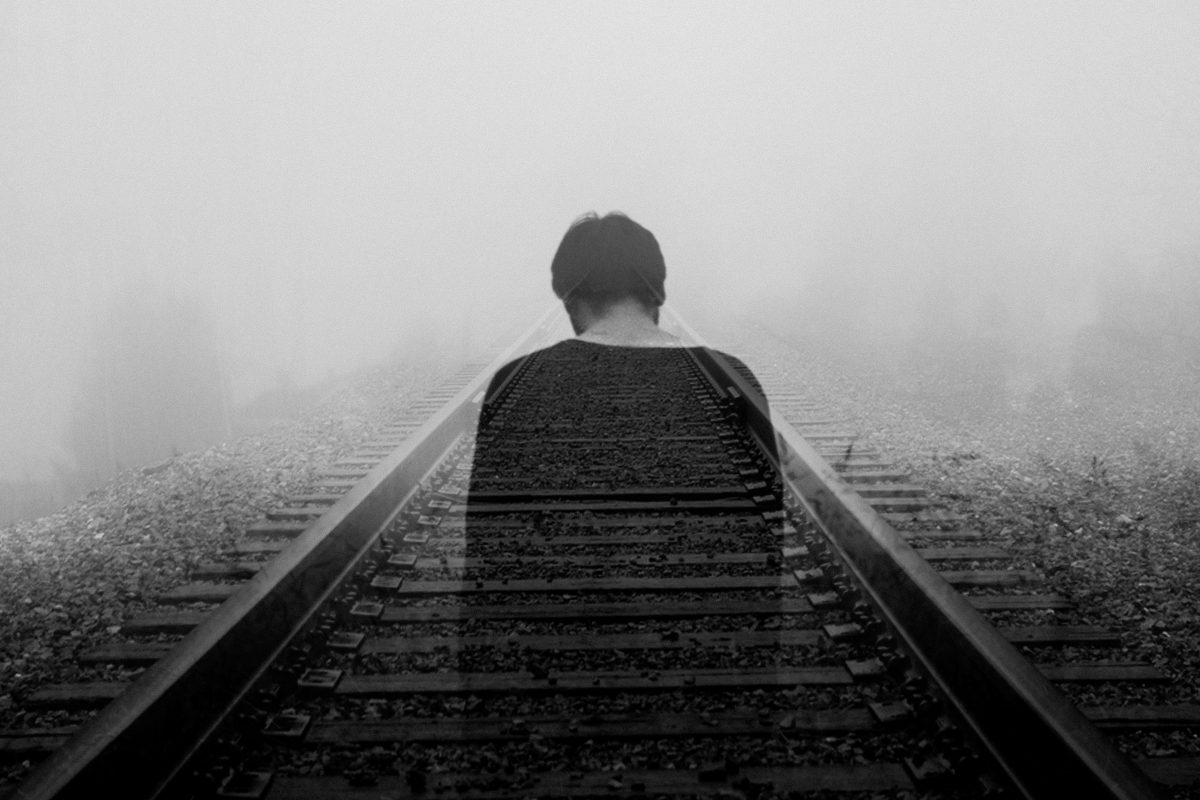Boy Erased is a fresh perspective that goes against the recent privileged coming out stories like ‘Love, Simon’ and ‘Call Me By Your Name’, while indifferently poking a finger at religion.
At age 19, Garrard Conley was outed to his parents in the cruellest of ways. His parents gave him the ultimatum of either attending a church-run conversion therapy program or risk losing everything: his family, his friends and his faith. The expectation that Garrard would emerge as a heterosexual man, freed from impure urges and thoughts, instead became a battle between his true self and the identity that those around him wanted him to be. Through this memoir, Garrard expresses the emotional pain that comes from conversion therapy, the conflicted mind that screams for peace and the true power of knowledge that saved him.

Man walking along track. Image: Gabriel on Unsplash
It’s a known fact that the most authentic stories are written by those who have lived it. The reality of the narrative is heightened by the knowledge that it is “based on a true story”. But what’s more is the author writing about their own life already knows every detail, including the thoughts that ripple through the main character’s mind. The risk of missing some crucial aspect of the story is limited only by memory, not the wrong questions.
Any reader will know what’s happening. They know the insidiousness of fundamentalist religion and they know that not everyone in this world accepts a sexuality other than the straight and narrow. It’s a cruel world. But Garrard is offering more than just the brazen facts. Instead of sharing the same remediated version of Christian values, country town nuances and a dumbed-down version of the Kinsey scale, Garrard presents the raw conflict within his own mind. He carves out a truth that many wouldn’t dare to admit, sharing his reality of sex, love, relationships, family and self-deprecation.
Garrard does everything right while only missing a few opportunities – like writing a more detailed account of his father. From his mum, we can pick out details of her rounded character, her personality, her fears and wishes, and even the battle she has between her love for God and the love she has for her son. But Garrard simply paints his father with the same brush we use for any fundamentalist pastor. Only Garrard does it without the inherent bias many of us cannot properly ditch when it comes to people we hate, and that’s because he doesn’t hate his father. If only he could have shown that a little more bluntly.
Garrard, at the request of his parents and their fellow church-goers, attends Love in Action, a pray-the-gay-away program. A large part of him yearns for his sexuality to be vanquished, so he can live a normal life. But even as he takes his first step into the program, he doesn’t really feel welcome on this pursuit. His enemy is not the fanatics standing on the podium, telling him to hate every little thing about his sin. They are just the mediators of whatever they think is true. The real enemy is the one side of Garrard’s self that wants to believe it.
Stories that are written by the author cannot survive on narrative alone, especially stories where the main issue is the fear of death. In this case, it’s the fear of losing one’s identity. The fact that Garrard is able to write this story means that we know he has survived in the end. That his identity is still there. And so, rather than relying on narrative, Garrard has to rely on plot to keep the reader involved, lest they toss the book aside. The narrative asks: “what happens next?” The plot asks: “why did that happen?” And this book surely answers the latter. You’ll question the motives of everyone and everything, and Garrard will give you an answer.
Perhaps the most pertinent reason why this book excites me is that it tells a story that isn’t really well-known today. We know the LGBTQI community face so much adversity, but we don’t know how much or even what that adversity looks or feels like. The only coming out stories we see today are of the likes of ‘Love, Simon’ and ‘Call Me By Your Name’, and they only tell the privileged side. Simon’s parents and friends accept his sexuality, if only he wasn’t such a prick about it, and Elio’s summer fling is passed off as a thing of youth. It’s nice, don’t get me wrong, but it sees sexuality in a perspective that not every same-sex attracted person has lived.
As a final point, the greatest thing about this book is how indifferently it treats religion, by giving it respect while equally painting it with contempt. Garrard understands that not every religious person agrees with these practices that aim to cure the world of whatever it dislikes. He knows there are good people in this world who happen to believe in God. But he reminds us that we must remain vigilant because even in 2018 there are people who still think gays can be cured.
You can buy the book at Booktopia.
Also, keep an eye out for the movie adaptation coming out later this year and check out the trailer below.
Feature image: Source


